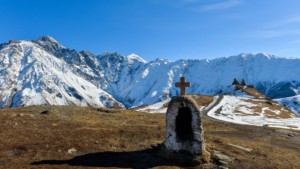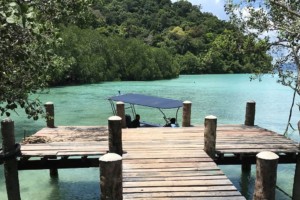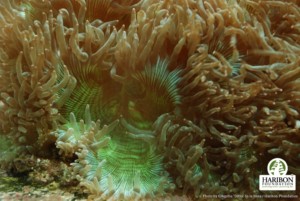Over-tourism alarm bells for Bangladesh’s only coral island
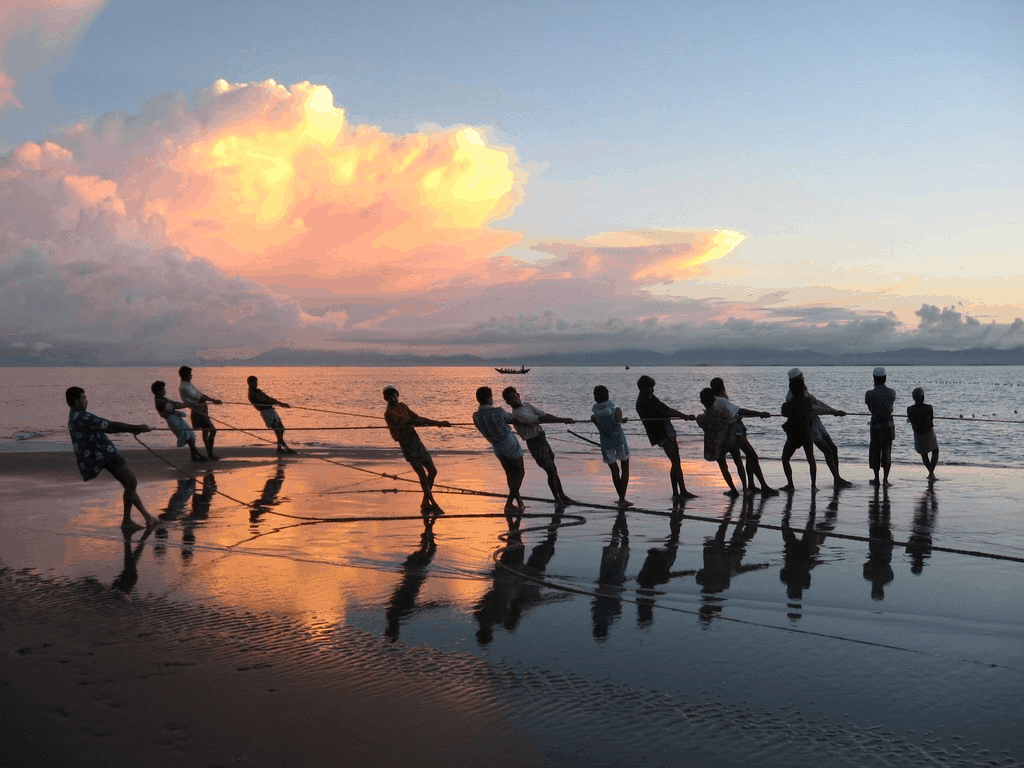
The 13-sqkm ‘Narikel Jinjira’ (Saint Martin’s Island) lies 9km off the southernmost tip of the Bangladeshi mainland. Sandy beaches, coral and clear blue water attract tourists, which, during peak season, can number up to 6,000 daily; 1,000 of whom stay overnight. The DoE reckons about 7,000 people live on the island. Thus, during the peak tourist season, the island has to carry up to 13,000 people during the day and up to 8,000 at night. The DoE estimates St Martin’s sustainable carrying capacity to be about 4,000 people.
This over-tourism (and over-population) has occurred despite Bangladesh declaring the island an Environmentally Critical Area in 1999. The DoE has found many hotels and resorts operating without having obtained mandatory clearance. More than 100 buildings have been built without DoE’s clearance. Most of these were constructed soon after the government decided to set up a marine park on the island. The High Court in 2011 asked authorities to identify and demolish buildings constructed without DoE clearance. No eviction drive has been conducted in St Martin’s since. In March this year, the court issued a contempt ruling against 11 government officials for ignoring the 2011 directive.
Marine biologist Prof Dr Md Maruf Hossain conducted research on the status of the island’s marine biodiversity between 2006 and 2009. He noted that over-exploitation of renewable marine and coastal resources and removal of coastal vegetation were major threats to the island’s ecosystem.
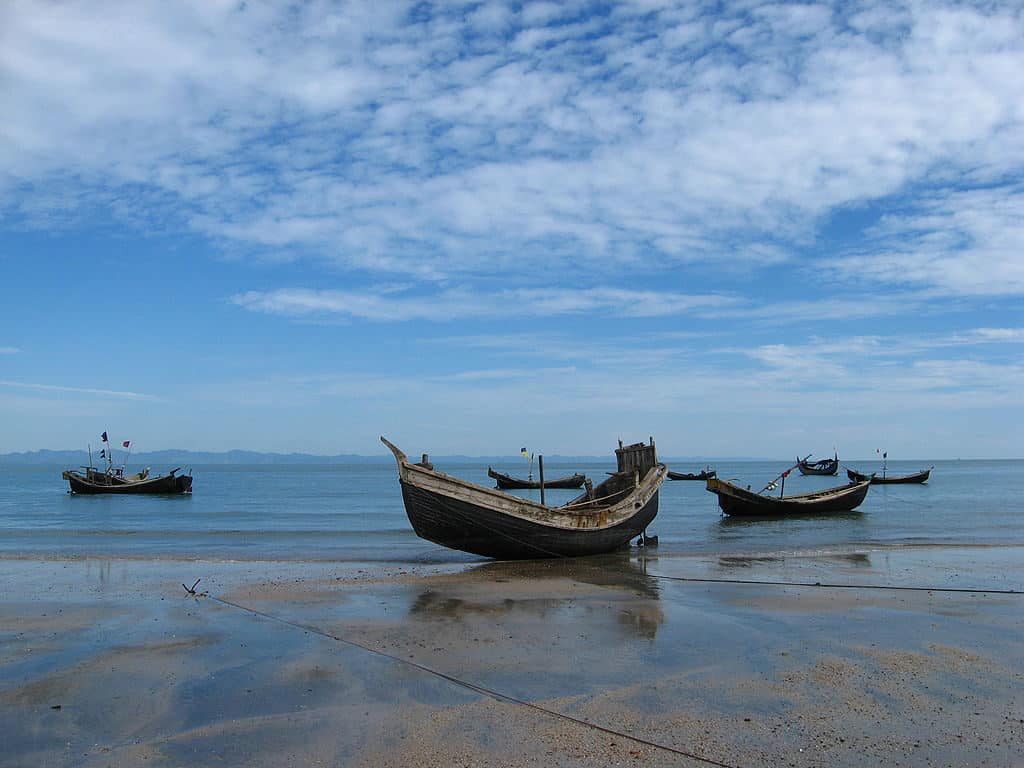
Saint Martin’s Island, Bangladesh. By Shovon (CC BY-SA 3.0) via Wikimedia.
The number of endangered sea turtles, including the green turtle and Olive Ridley turtle, that visit the island every winter to lay eggs has decreased significantly in recent years. According to the DoE, campfires on beaches and the use of torches disrupt breeding. Furthermore, stray dogs roam the beaches in search of turtle eggs and the turtles themselves are often killed when they get caught in fishing nets.
St Martin’s is also home to rare flora and fauna, which are being adversely affected by human activity, Chittagong Veterinary and Animal Sciences University’s Prof Dr M Nurul Absar Khan said.
As tourist numbers go up, so does the amount of waste. St Martin’s does not have a waste management system to tackle the problem. As a result, raw sewage and other waste is discharged in the open. And the island’s once picturesque sandy beaches are littered with debris. Prof Maruf said regular beach cleaning programmes can help reduce the trash.
The DoE report noted that it was possible to earn a substantial revenue through tourism without disturbing the ecological balance. It proposed formulating special guidelines for governance that would set fixed accommodation and tourist numbers. It offered the Lakshadweep archipelago and the Andaman and Nicobar Islands of India as examples of islands governed under special guidelines, as well as the Maldives and Macau.
The DoE has itself undertaken a BDT15.85 crore (BDT158.5 million ~ USD1.95 million) project to conserve and improve the island’s biodiversity, including by recreating keya tree (screw-pine; Pandanus odorifer) forests, regenerate and conserve coral, and create alternative jobs for coral and shell collectors.
Maruf said: “The government should carry out a thorough scientific study to determine the island’s current state of environmental degradation [and] should take cues from Thailand and Indonesia and go for ecotourism to conserve St Martin’s biodiversity.”
Source: This post is a summary of a Dhaka Tribune report.
Featured image: Sunrise on Saint Martin’s Island, Bangladesh. By Tahmid Munaz from Dhaka, Bangladesh (CC BY-SA 2.0) via Wikimedia.
Related posts


